The Garradd comet has just about reached its absolute peak! By the way, I took those pictures below of the moon through my iPhone using an adapter. Pretty cool, right?
- Until March: The Garradd Comet is at its absolute peak! Be sure to view it before it's gone!
- February 14: Io transit, 3rd quarter moon
- February 15: Ganymede transit
- February 16: The moon is at its most southern declination
- February 17: Europa eclipse
- February 19: Io transit
- February 20: Io and Europa occultations
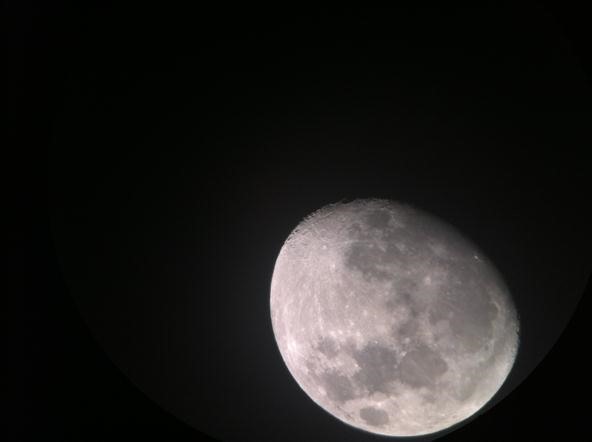

Below I have defined some of the events I will be notifying you about over the course of this repeating feature:
- Transit—When an astronomical object passes in front of another, like one of Jupiter's moons passing in front of Jupiter.
- Occultation—When one object is hidden by another object that passes between it and the observer.
- Moon Phases—It can be fun observing different phases of the moon. These are what fraction of the moon is dark. It is also fun observing the dark side.
- Conjunctions—Two (or more) bright objects in one field of view! This is when two or more astronomical objects are relatively close. Sometimes it is cool to see planets or bright stars pass by or behind the moon.
- Apogee or Perigee—This is when the moon is closest or furthest away from Earth. Not really for observing, but it can be interesting to view the moon when it is large and small.
- Meteor Showers—Easily observed by the naked eye or by binoculars.
- Comets—Not very often do these come around, but are amazing to watch.
- Lunar and Solar Eclipses—Mainly these are lunar eclipses, but if you get to see a solar eclipse you are very lucky! This is when an astronomical object passes into a shadow of another. This could be Jupiter's moons passing into its shadow, or vice versa.
- Solstices—This is when the Earth wobbles, or from Earth this is how the northernmost or southernmost point the sun is at. There are two each year. This is mainly for information.
- Equinoxes—This is when the earth is in the middle of its southernmost and northernmost position and it is equal. Again, this is mainly for knowledge.
- Declination of Moon—This is when the moon's path around the Earth is slightly tilted up or down. The declination is the furthest up or down it will go.
There may be more to come. When these are included, I will explain what they are.
Just updated your iPhone? You'll find new emoji, enhanced security, podcast transcripts, Apple Cash virtual numbers, and other useful features. There are even new additions hidden within Safari. Find out what's new and changed on your iPhone with the iOS 17.4 update.



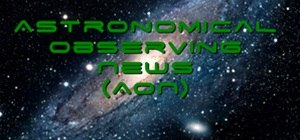
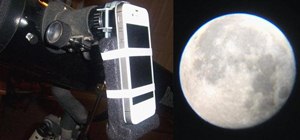
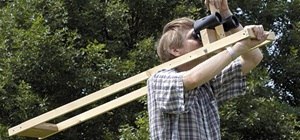


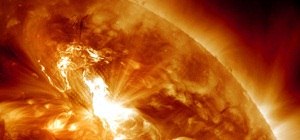


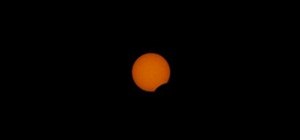
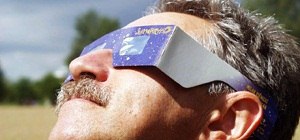



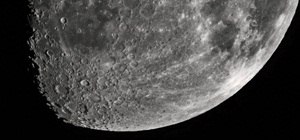
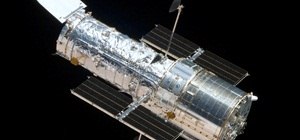

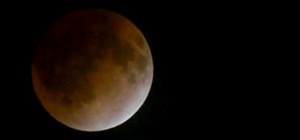
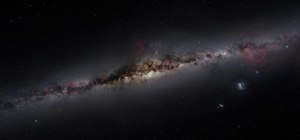

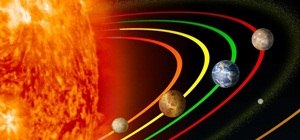
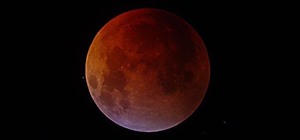
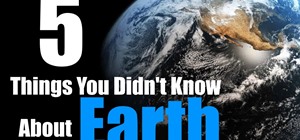
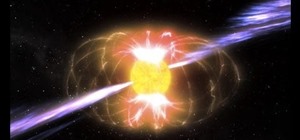
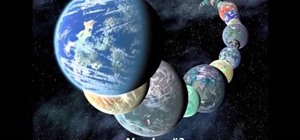

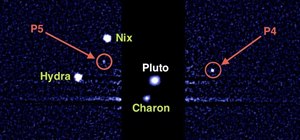



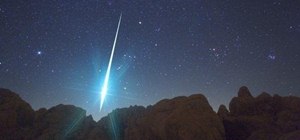



5 Comments
Wow. Those moon photos are amazing for some iPhone snaps. What adapter did you use? I've gotta get me one of those!
All it really does is hold the iPhone up to the telescope. Its called the Orion SteadyPix- heres a link- http://www.telescope.com/Astrophotography/Astrophotography-Accessories/Orion-SteadyPix-Telescope-Photo-Adapter-for-iPhone/c/4/sc/61/p/101445.uts
Hmm... another thing to add to my want list.
I've also made some photos of the moon with my Ipod, i just hold it at the telescope's ocular.
Cool! be sure to post them on the corkboard!
Share Your Thoughts